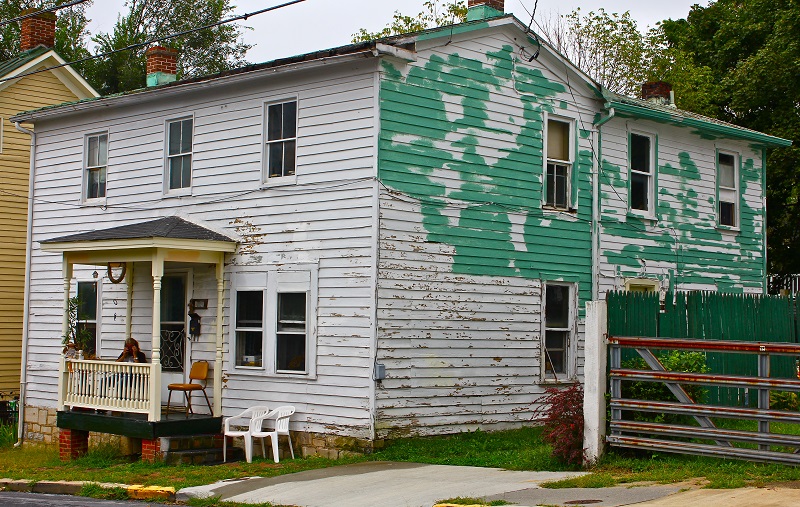
Vinyl siding is attractive and stylish, and it’s also quite easy to take care of too. If you stay on top of general, day to day cleaning, then vinyl siding actually requires only a minimal level of upkeep. These tips will help you to keep your vinyl siding looking brand new for as long as possible.
Cleaning Vinyl Siding
Vinyl siding should be washed with a soft cloth, or, for those hard-to-reach areas, with a long handed brush with soft bristles. If the siding is textured, then use a soft bristled brush to clean the grooves in the texture and stop them from staining. Start at the lower end of the siding, and work up, then rinse the cleaning solution away completely, before the solution dries and leaves unsightly marks. If there is brick facing, then make sure that the brick is covered so that it does not get stained by any run-off.

Manufacturers disagree on whether or not it is a good idea to use a power washer on vinyl sidings. Some allow it, but place strict limits on the amount of pressure that the washer can be set to, and what sort of cleaning solution can be used. Some expressly forbid it because excessive pressure may damage the vinyl, and if you use the wrong angle (aiming the washer upward, for example) then water may be driven behind the siding, causing damp issues. Most manufacturers advise against using a pressure washer near a window, door, or any opening for wiring, plumbing, etc for this reason.
Removing Mold, Mildew and Mulch
There is no need to spend a lot of money on expensive cleaning agents. You can remove mold or mildew with a cleaning solution of 70% water and 30% vinegar. You can also use standard laundry detergent, such as Tide, or other simple, mild household cleaners (common laundry bleach), watered down to 1 gallon of water to one quart of laundry bleach. Mulch residue is harder to deal with, and if the residue is from artillery spores then you may have a more serious issue to worry about. Consult an expert to identify the spores, and if necessary replace the mulch, and the siding at the same time.
Protecting Your Siding
To protect the siding from discoloration, cover it when you are working around the house �” do not allow the siding to come into contact with stains, concrete or sealants, and be sure to read the instructions before spraying herbicide or insecticide to the siding �” there are some products that are designed to ward off pests, but different manufacturers recommend different products. Heat can damage sidings, so keep your barbecue and anything else that produces heat away from the side of the property. Do not allow dry leaves, mulch or anything else combustible to build up against your house.
Reflected sunlight can be incredibly concentrated and can cause heat to build up in a focused area. If you are worried that this is happening to a specific spot on your wall (perhaps because your house is in the path of reflected light from a conservatory or greenhouse) then consider protecting the house with strategically placed trees or bushes, or by fitting external shutters if the glass is under your control. This should help to filter the light and reduce the problem.
For the most part, sidings are quite easy to take care of. If you are unsure about anything in particular then check the documentation that came with the siding that your contractor installed, because using the wrong products to clean it could void your warranty.